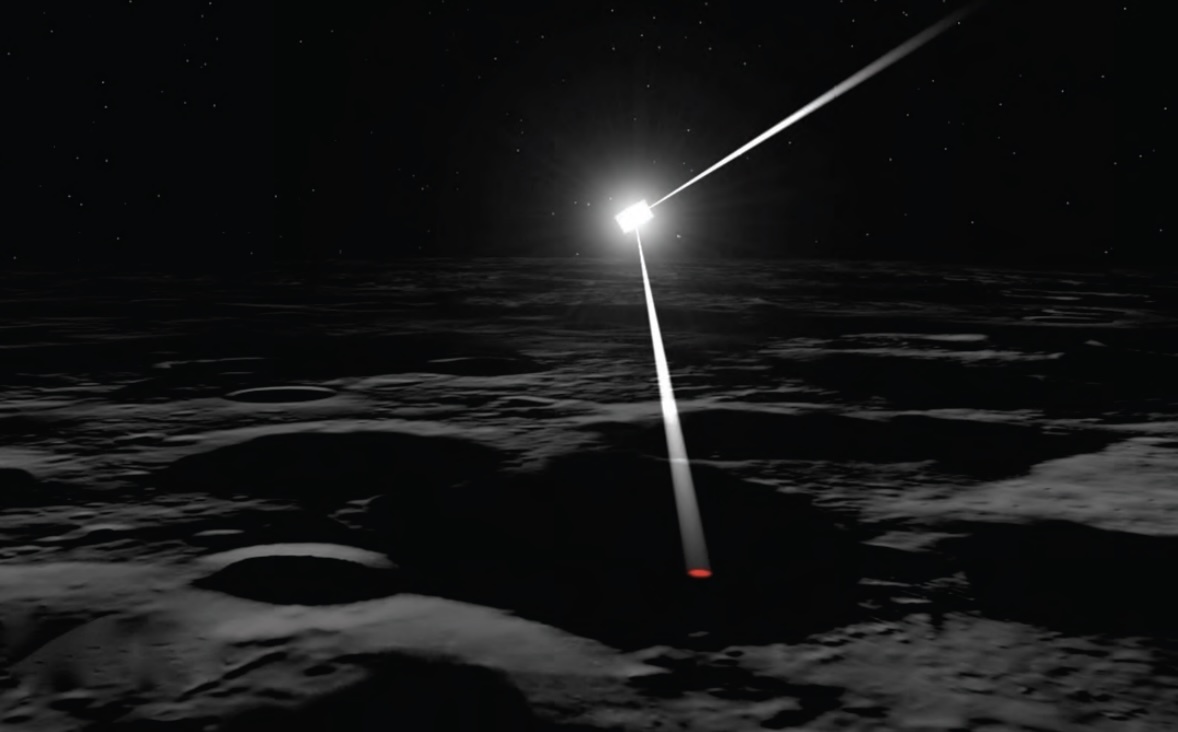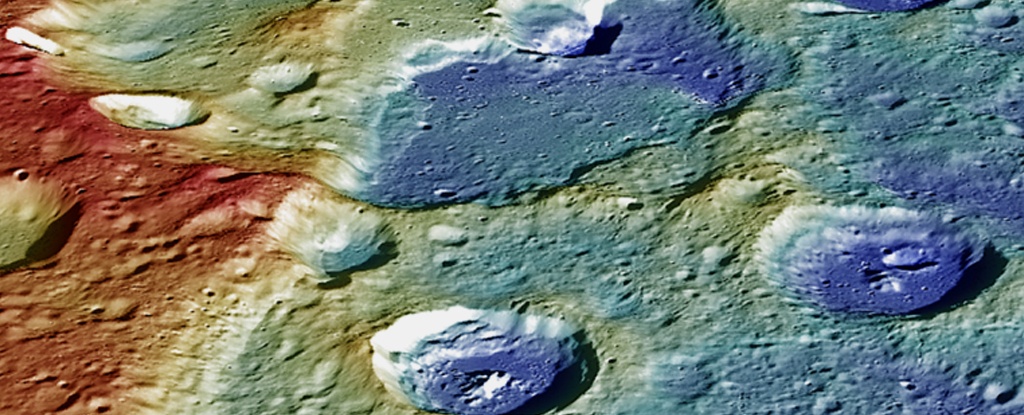It’s not unusual for space probes to complete gravitational flyby manoeuvres en route to their destination. It’s a bit more unusual when the flyby is at the destination planet. ESA’s BepiColombo spacecraft is manoeuvring around Mercury into its final orbit. With each flyby it gets closer and closer and closer until its finally captured by Mercury’s gravity in 2026. During the latest flyby, stunning images of the nearest planet to the Sun were captured from just a few hundred km. Checkout the best and most stunning images of Mercury yet.
Mercury Could be Housing a Megafortune Worth of Diamonds!

Mercury, the closest planet to our Sun, is also one of the least understood in the Solar System. On the one hand, it is similar in composition to Earth and the other rocky planets, consisting of silicate minerals and metals differentiated between a silicate crust and mantle and an iron-nickel core. But unlike the other rocky planets, Mercury’s core makes up a much larger part of its mass fraction. Mercury also has a mysteriously persistent magnetic field that scientists still cannot explain. In this respect, Mercury is also one of the most interesting planets in the Solar System.
But according to new research, Mercury could be much more interesting than previously thought. Based on new simulations of Mercury’s early evolution, a team of Chinese and Belgian geoscientists found evidence that Mercury may have a layer of solid diamond beneath its crust. According to their simulations, this layer is 15 km (9 mi) thick sandwiched between the core and the mantle hundreds of miles beneath the surface. While this makes the diamonds inaccessible (for now, at least), these findings could have implications for theories about the formation and evolution of rocky planets.
Continue reading “Mercury Could be Housing a Megafortune Worth of Diamonds!”Meeting Mercury at Dusk in July
Mercury puts on one of its best apparitions for 2024 this month.
Where have all of the planets gone? The late evening fall of dusk in early July also sees a sky seemingly vacant of familiar naked eye planets. Mars, Jupiter and Saturn are now denizens of dawn, and will stay that way for most of the remainder of 2024.
But two challenging planets are now emerging low to the west at dusk: Mercury and Venus. The two interior worlds are now mounting a slow return, as the hunt is now on the recover the two after sunset.
Continue reading “Meeting Mercury at Dusk in July”Mercury is the Perfect Destination for a Solar Sail
Solar sails rely upon pressure exerted by sunlight on large surfaces. Get the sail closer to the Sun and not surprisingly efficiency increases. A proposed new mission called Mercury Scout aims to take advantage of this to explore Mercury. The mission will map the Mercurian surface down to a resolution of 1 meter and, using the highly reflective sail surface to illuminate shadowed craters, could hunt for water deposits.
Continue reading “Mercury is the Perfect Destination for a Solar Sail”Perseverance Sees Phobos, Deimos and Mercury Passing in Front of the Sun
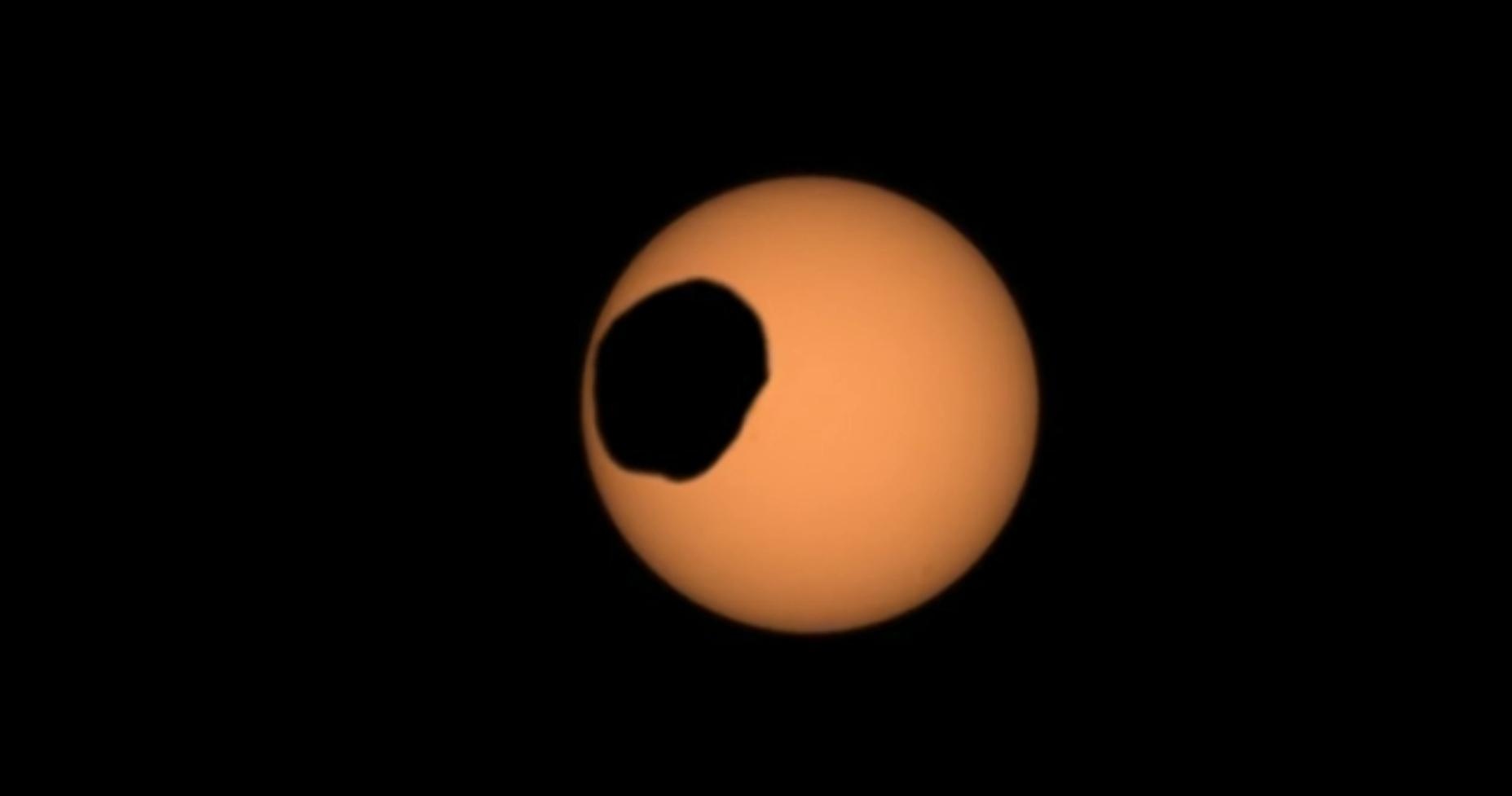
NASA’s Perseverance rover is busy exploring the Martian surface and collecting samples for eventual return to Earth. But the rover recently took some time to gaze upward and observe the heavens. Using Mastcam-Z, the rover’s primary science camera, Perseverance captured Phobos, Deimos, and Mercury as they transited in front of the Sun.
Continue reading “Perseverance Sees Phobos, Deimos and Mercury Passing in Front of the Sun”Iron Snow Could Explain the Magnetic Fields at Worlds Like Ganymede
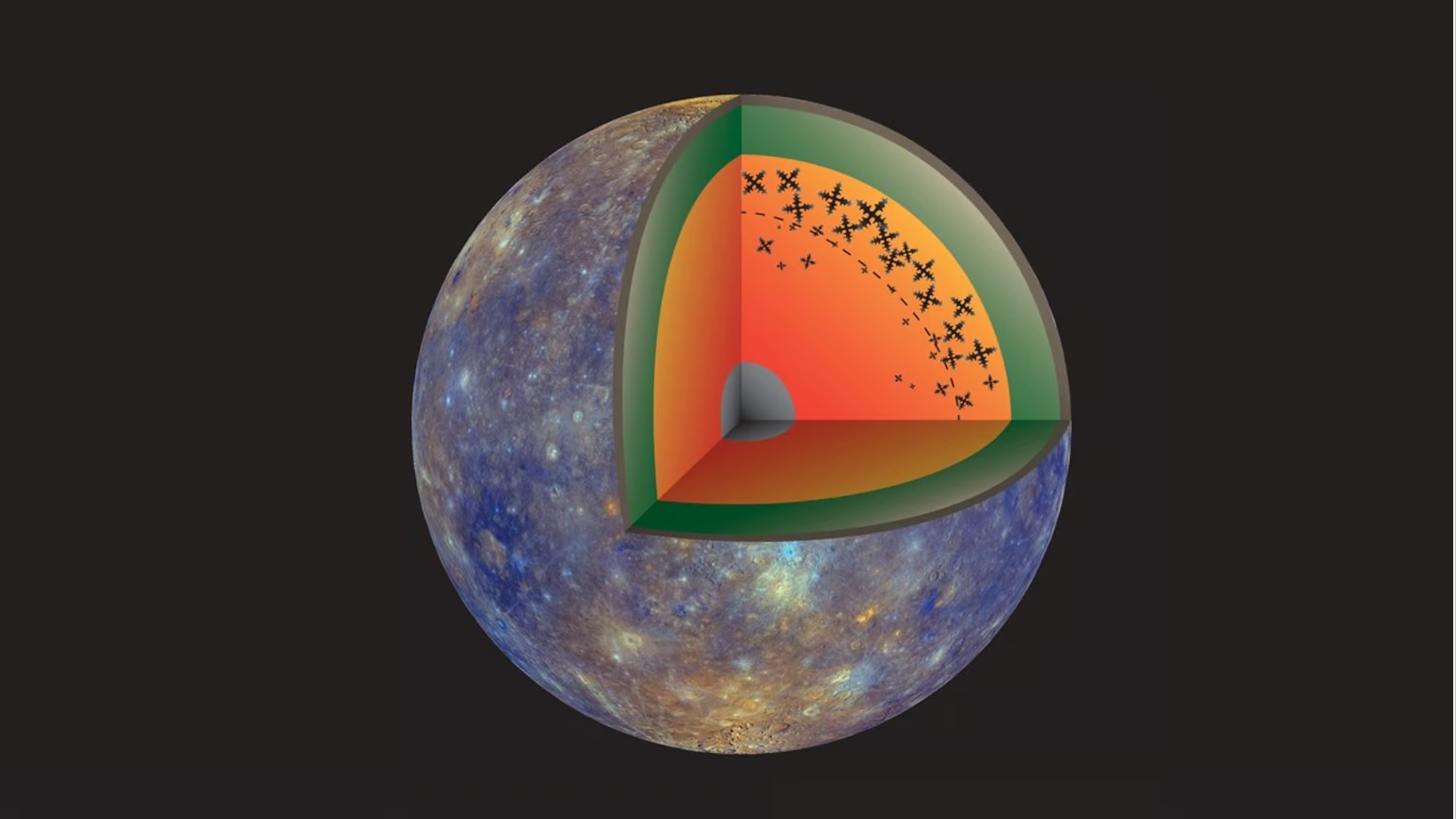
Jupiter’s largest moon, Ganymede, features a surprisingly strong magnetic field for its size. Tidal effects from Jupiter continually stretch and squeeze the moon, keeping its core warm and driving the magnetic field. But the exact geological processes occurring within the core are not fully understood. Now, a new experimental study has put one of the leading models of core dynamics to the test: the formation of crystalized ‘iron snow’.
Continue reading “Iron Snow Could Explain the Magnetic Fields at Worlds Like Ganymede”There Were Glaciers… on Mercury?

I have lost count of how many times I have given public lectures and explained the temperature differences between Mercury and Venus. How Mercury, surprisingly isn’t the hottest planet in the Solar System and how that badge goes to Venus, thick atmosphere blah blah blah. Mercury and its complex surface geology does of course get a good chunk of time but a recent paper has rather caught my attention and turned what I thought I knew about Mercury on its head! In short, a team of scientists have announced evidence for salt glaciers on Mercury!
Continue reading “There Were Glaciers… on Mercury?”Mercury is Still Shrinking
Mercury is considered a scorching, barren landscape that would literally melt your face off if you were standing on it in full sunlight. But scientists have also known for a long time that it was shrinking…because it was cold. New research based on distinct features in Mercury’s geography suggests that it might continue to do so even today.
Continue reading “Mercury is Still Shrinking”This Exoplanet is Probably a Solid Ball of Metal

We can’t understand nature without understanding its range. That’s apparent in exoplanet science and in our theories of planetary formation. Nature’s outliers and oddballs put pressure on our models and motivate scientists to dig deeper.
Continue reading “This Exoplanet is Probably a Solid Ball of Metal”BepiColumbo Makes its Third Flyby of Mercury, Seeing the Planet's Night Side
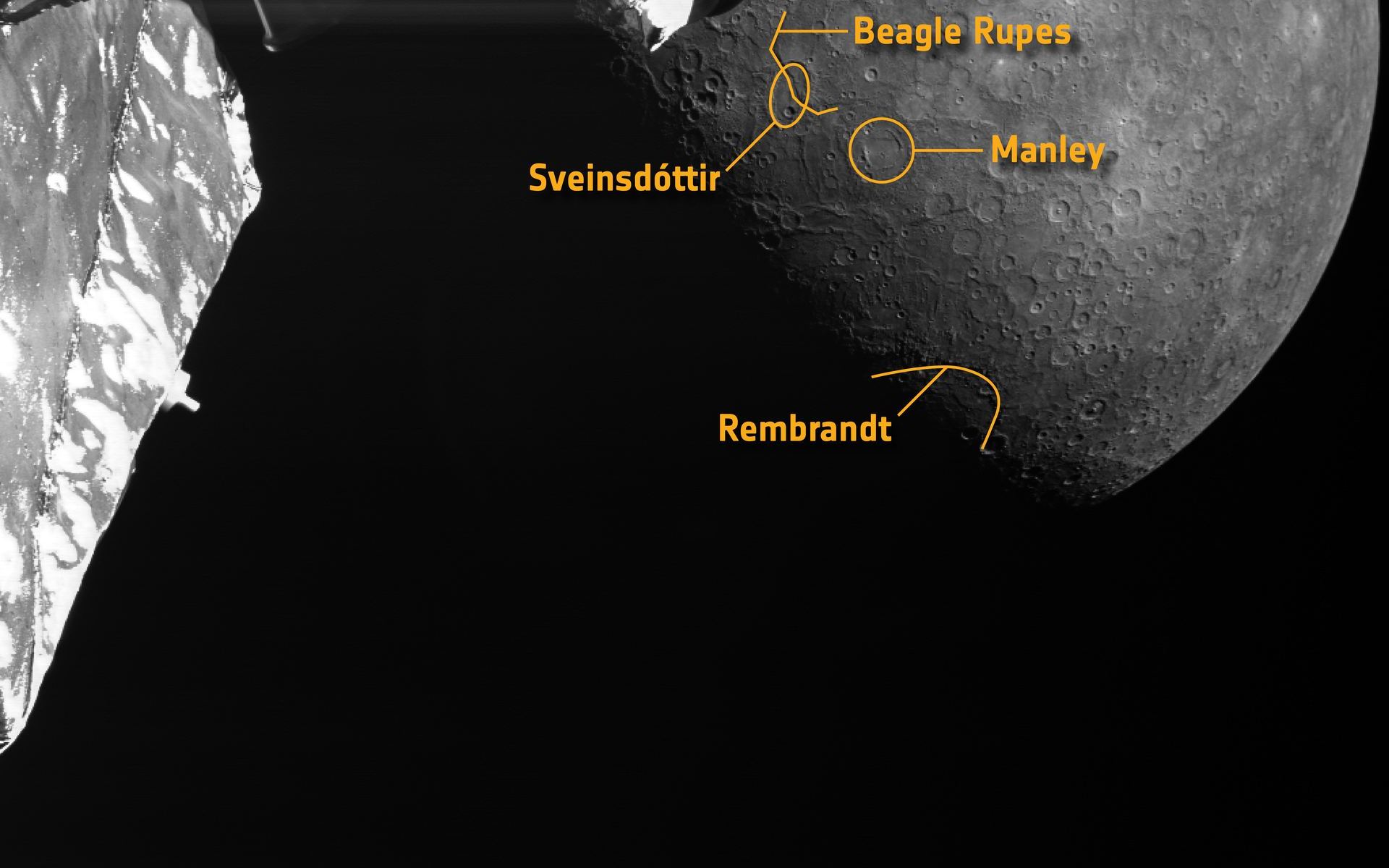
ESA’s BepiColumbo continues its journey to Mercury by making another flyby … of Mercury! This is the third of six planned flybys of its destination planet, each of which gives the spacecraft a gravitational deceleration. Eventually, it’ll slow down enough to go into its final operational orbit.
In the most recent flyby on June 19, 2023, the spacecraft sped past the planet’s night side and took a series of images from 236 km (145 miles) above Mercury’s surface. From these 217 images, the BepiColumbo team created a movie of the flyby, which includes a 3D scene.
Continue reading “BepiColumbo Makes its Third Flyby of Mercury, Seeing the Planet's Night Side”


